Of all the places in Greek mythology that can still be visited today, this gigantic volcanic colossus is probably the most unchanged over the millennia.
According to myth, Mount Olympus was created following the Titanomachia, the great battle between the twelve Olympian gods and the pre-Olympian gods, also known as the Titans. After a shattering ten-year war, the Titans were defeated and imprisoned by Zeus in the deepest abyss of the underworld, Tartarus.
Located in northern Greece, north of Thessaly and not far from the Aegean Sea, Mount Olympus is the highest mountain in Greece, with a summit height of over 2,900 metres.
Because of the dense white clouds surrounding the peak, or Mytikas, it has been considered the home of the gods throughout antiquity, and humans, without the blessing granted by their deities, would never, ever be able to access it.
Zeus, Aphrodite, Athena and Apollo are just some of the “Olympian” gods who inhabited the Mount. And while many still speak of myths and legends, there are still those who believe that the tip of Mount Olympus is shaped like a chair to allow Zeus to control the world from above.
It has not yet been established where the word Olympus comes from, but we first encounter the variant Oulumpos in the Iliad. In the Homeric poems, in fact, the gods are very present, they often act on earth favouring or disfavouring their champions or enemies.
It is no surprise that the highest mountain in Greece has been identified as the abode of the gods. It was the poet Homer himself who used the term “Olympus” as a synonym for Ouranos, “heaven”. Later, Mount Olympus would also be identified as “The throne of heaven”.
High and hardly accessible, constantly covered in clouds, Olympus still stands today as a bridge between earth and sky. And it was precisely this that impressed the ancient inhabitants of the region; the connection between the earthly world and the solar world manifested in the high mountains.
The ascent to the “holy mountain of the gods” is a true immersion in Greek history and mythology, as well as in a truly breathtaking natural landscape, declared a Biosphere Reserve by the Unesco since 1981.
The ancient abode of the gods, and the site of intricate events worthy of a modern soap opera, Mount Olympus has long been a destination for tourists who love hiking and breathtaking views. Between infidelities, murders and betrayals, the lives of the immortal gods unfolded in a mixture of pathos and adventure, and the ancient Greeks followed their vicissitudes with great interest, careful not to provoke their wrath.
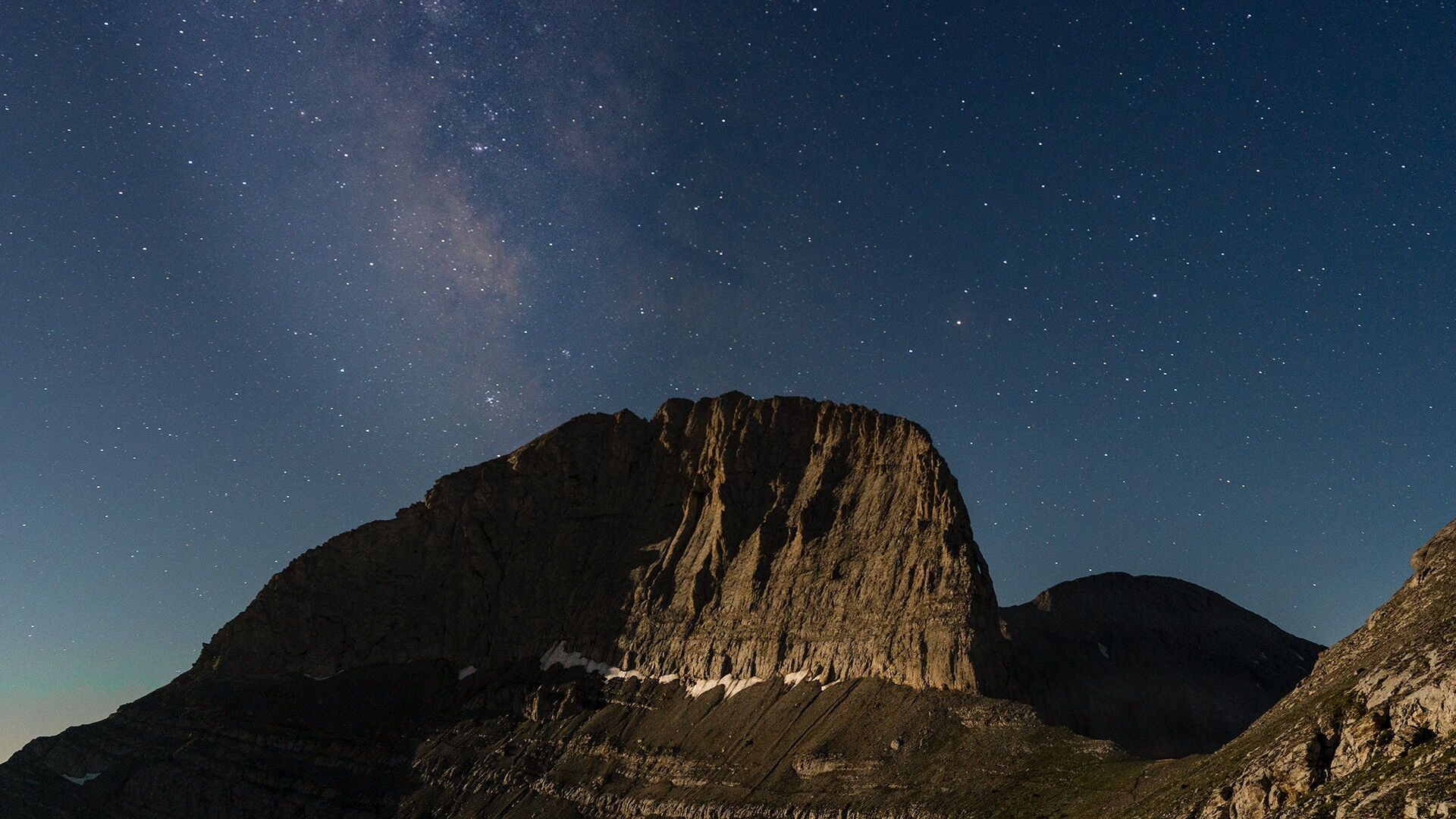
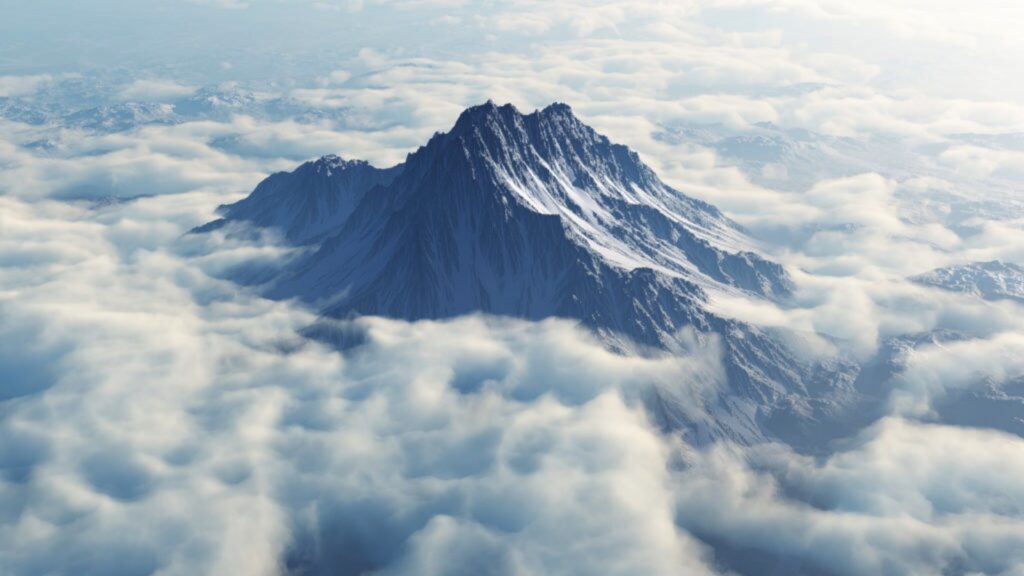
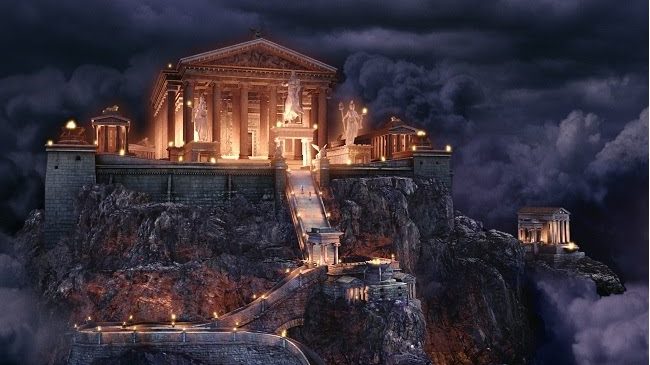
The first to climb Mount Olympus were the Greek Christos Kakkalos and the Swiss Frederic Boissonas and Daniel Baud-Bovy. The ascent took place on 2 August 1913. Kakkalos, due to his great experience in climbing Olympus, was the first man to reach the summit of Mitakas, the peak that reaches 2,918 metres, the supposed abode of the gods.
According to archaeological findings, the third peak of the mountain, known as Agios Antonios (Saint Anthony), was the site of a temple dedicated to Zeus.
It takes two days to reach the highest peak, with its slopes laden with lush forests, but it is obviously worth the effort; the spectacle that lies before you, as you ascend, is truly incredible. In addition, the forest-rich Mount Olympus Park is home to numerous animals, including wild boar, foxes, wild cats, roe deer and ibex.
Located on the slopes of the mountain, the small town of Litochoro is an excellent starting point for guided visits to Mount Olympus. Although it still lies along the coast, not far from the magnificent sandy beaches of Pieria, the first paths to reach the summit start here, but not before visiting its typical Macedonian houses with small wooden balconies overlooking narrow alleys, dotted with craftsmen’s shops, or sampling a fine meze and delicious sweets in the shade of the main square.
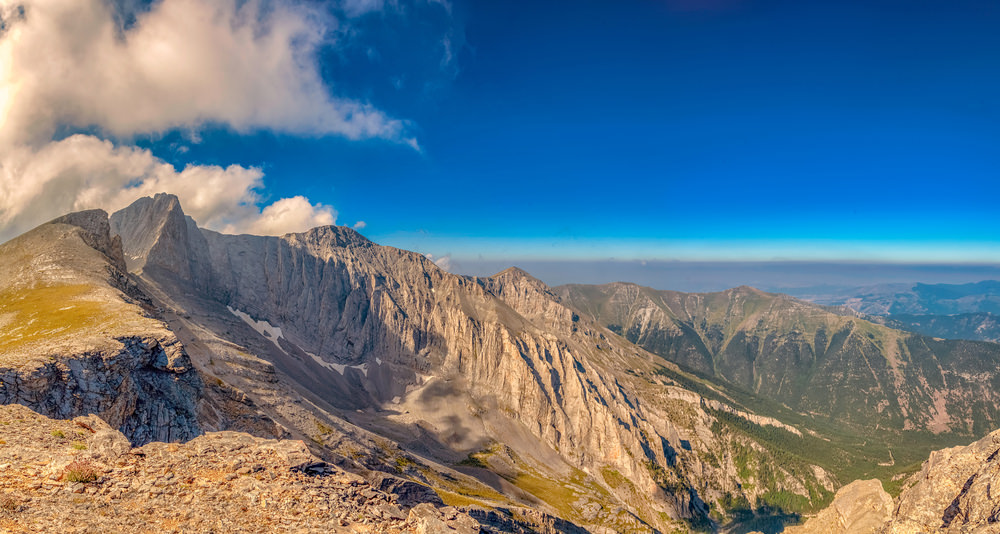
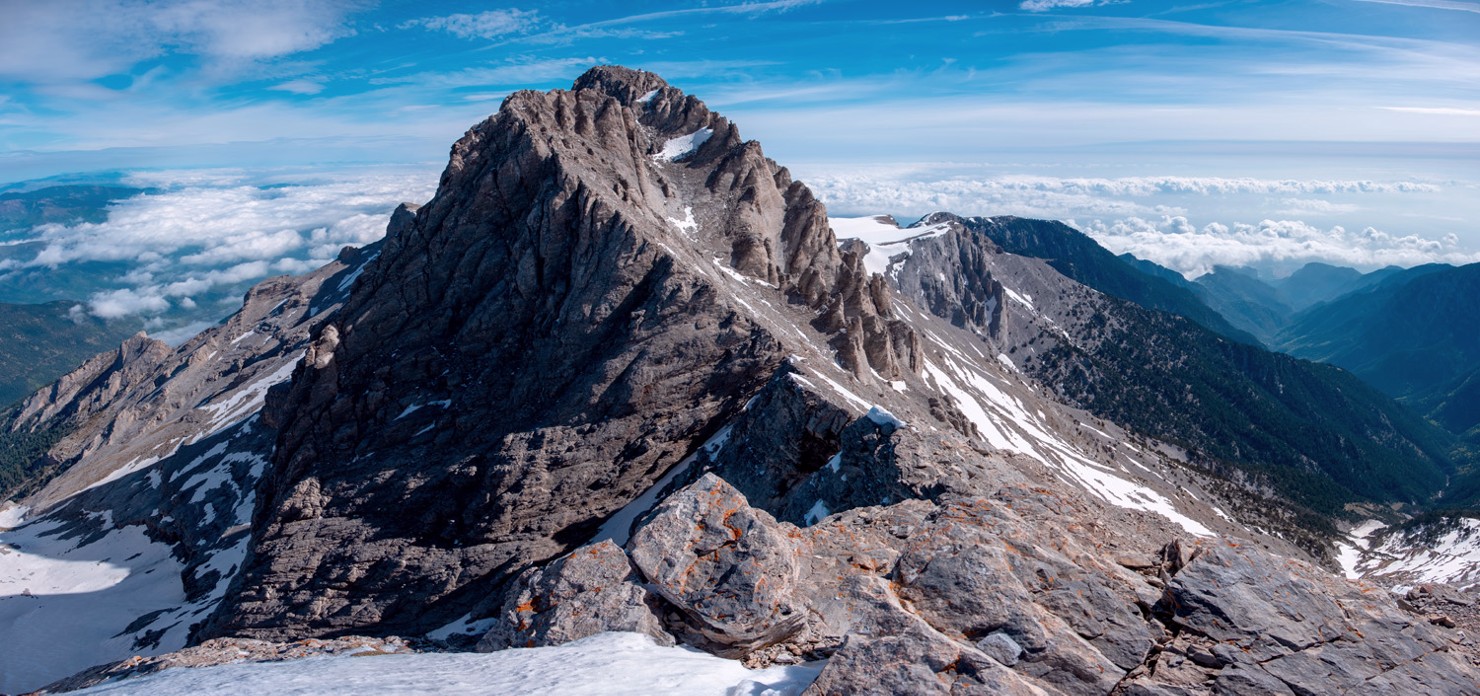
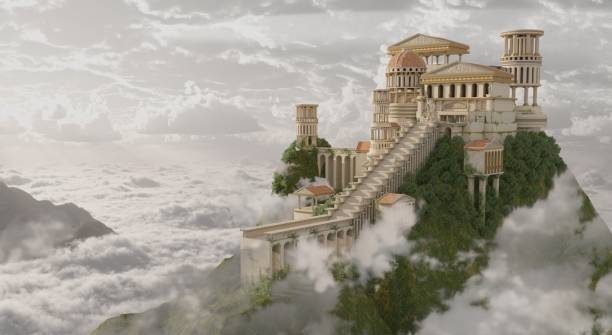
A partire da qui, occorre affidarsi alle guide e al Club di alpinismo greco per godersi la bellezza del Monte sacro secondo le proprie possibilità: sentieri di alta difficoltà sono riservati agli esperti dell’alpinismo, mentre altri sono accessibili anche alle famiglie con bambini. Percorrendo questi ultimi, è possibile raggiungere facilmente la Sacra Grotta di San Dioniso, con una chiesetta incastonata nella roccia, l’Altopiano delle Muse, una piattaforma a 2.650 metri di altitudine, dalla quale il panorama mozzafiato è all’altezza delle aspettative create dal nome, per poi intravedere, infine, la vetta Mytikas. Sull’altopiano, si trova anche la Chiesa del Profeta Elia, che a ben 2.800 metri di altitudine, è nota per essere la chiesa ortodossa eretta nel punto più alto del mondo.
Following the picturesque river valley that runs through the town of Litochoro, it is possible to penetrate the wooded paths that cross the Enipeas gorge thanks to numerous small wooden bridges from which several monasteries can be admired. The most important one is the Monastery of Agios Dionisios, completely surrounded by greenery and a place where visitors and hikers make a stop to regenerate. Continuing along the approximately 9 km-long route, one reaches a series of pools with picturesque waterfalls at 1,100 metres above sea level, before arriving at Prionia, the last stop on the road that can also be travelled by vehicle.
From here, it is necessary to rely on guides and the Greek Mountaineering Club in order to enjoy the beauty of the Sacred Mount according to one’s own possibilities: trails of high difficulty are reserved for mountaineering experts, while others are also accessible to families with children. On the latter, one can easily reach the Sacred Cave of St Dionysus, with a small church embedded in the rock, the Plateau of the Muses, a platform at an altitude of 2,650 metres, from which the breathtaking panorama lives up to the expectations created by the name, and finally, the Mytikas peak. On the plateau, you will also find the Church of Prophet Elias, which, at an altitude of 2,800 metres, is known to be the highest Orthodox church in the world.
From Prionia (1,100 metres above sea level) you ascend along a comfortable mule track, first through dense woods, then gradually through more sparse vegetation. You arrive quietly at the Agapitos refuge at 2,100 metres, where it is worthwhile to spend the night.
The following day, one follows the path that starts behind the hut and climbs a ridge to the west. The trail then crosses a ridge in a northerly direction to Skala Peak (2,870 metres). From here, the path branches off and continues westwards to Skolio Peak (2,905 metres, the second highest peak in the group) and the ridge to the north that leads to Mitikas Peak.
This ridge, called Kakoskala, is the most challenging part. One follows it fairly faithfully until one finds oneself below the final part, a wall that leads to the summit. In about an hour from Skala, the summit is reached (2,918 metres).
Before the eyes is a wonderful panorama that stretches as far as the sea on one side and as far as the Pindus Mountain range on the other.
